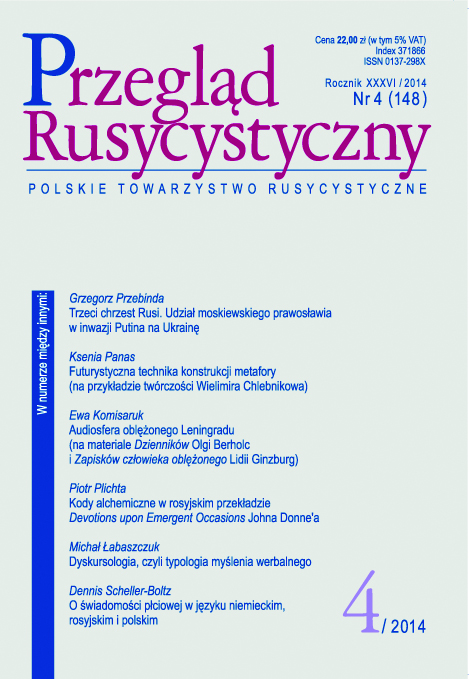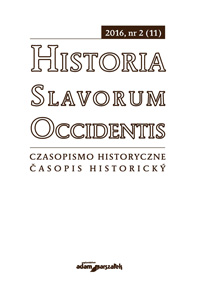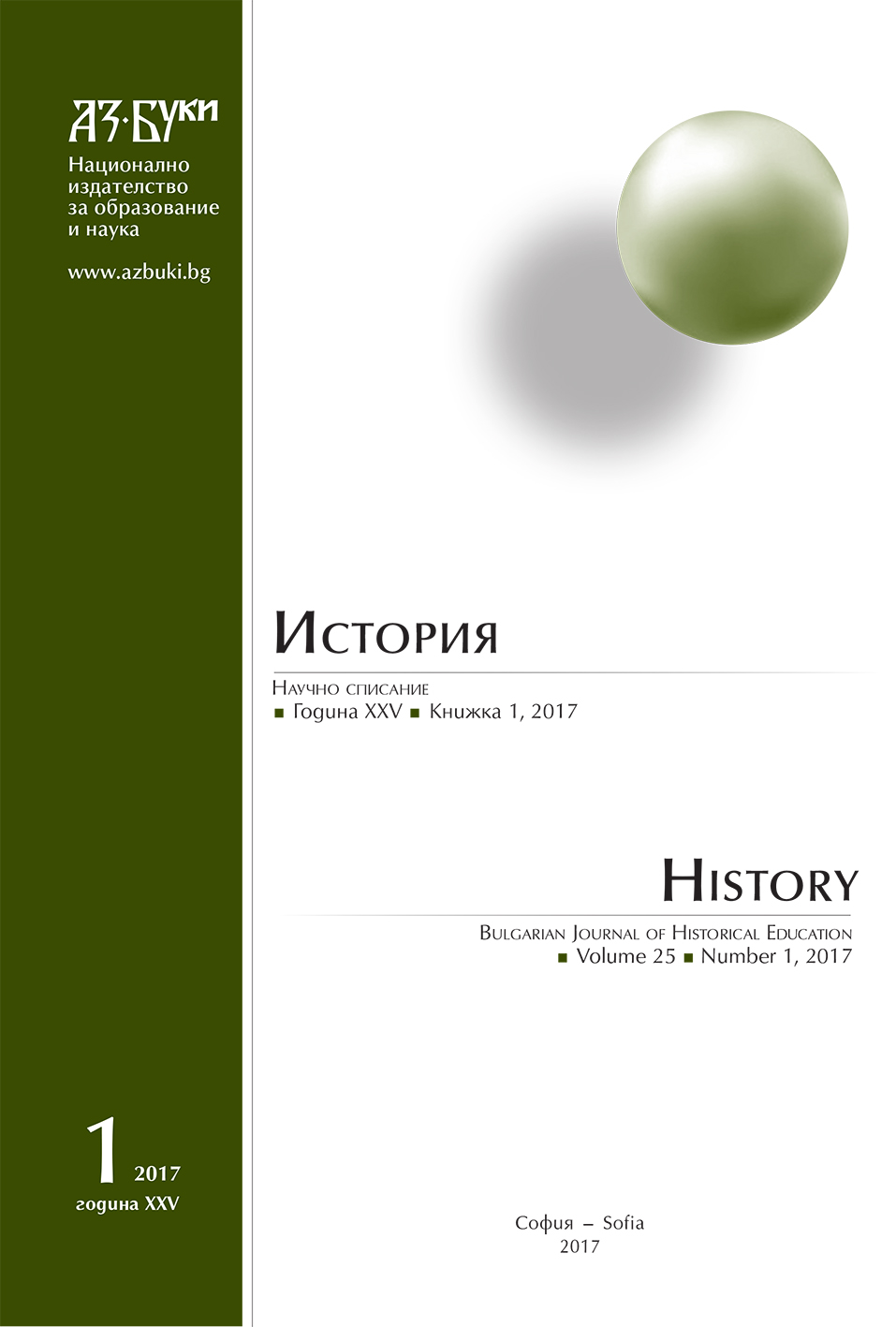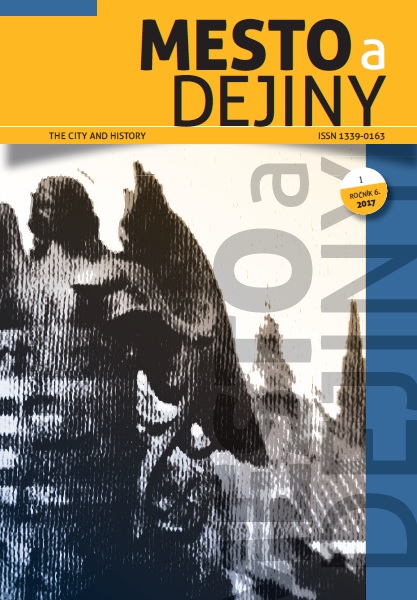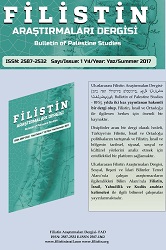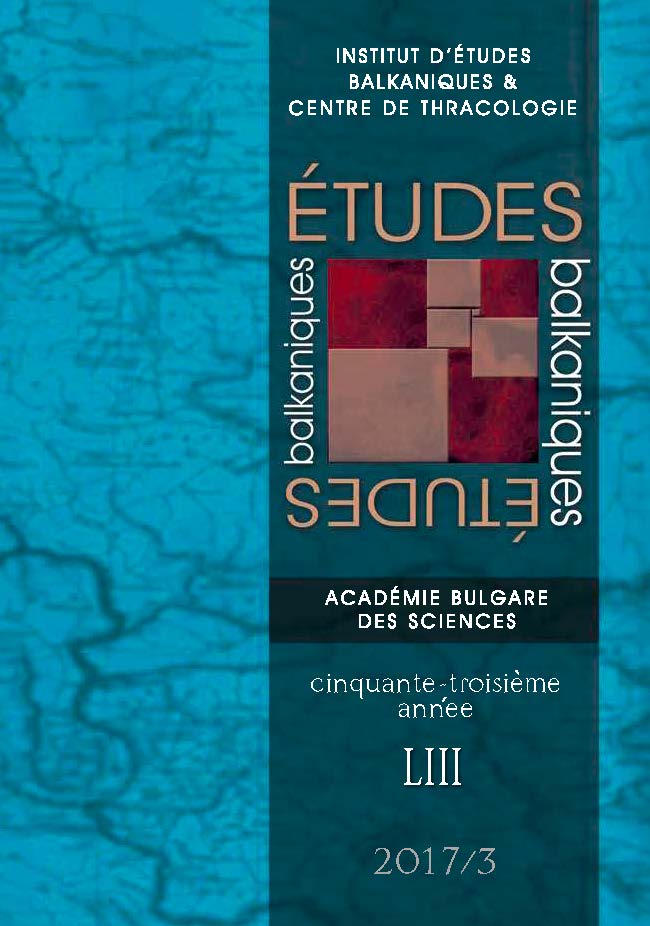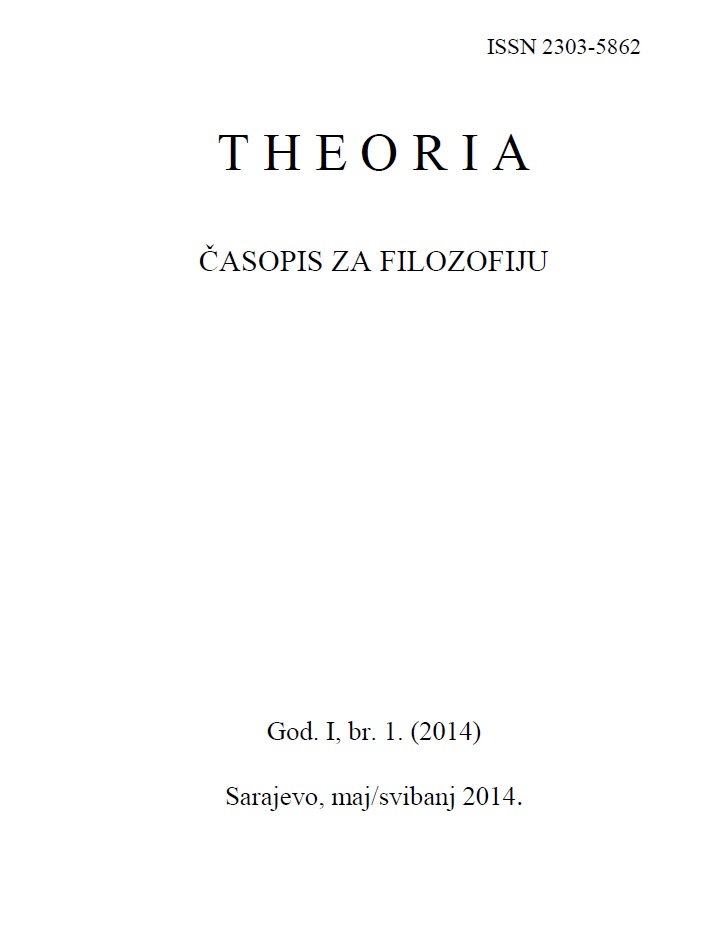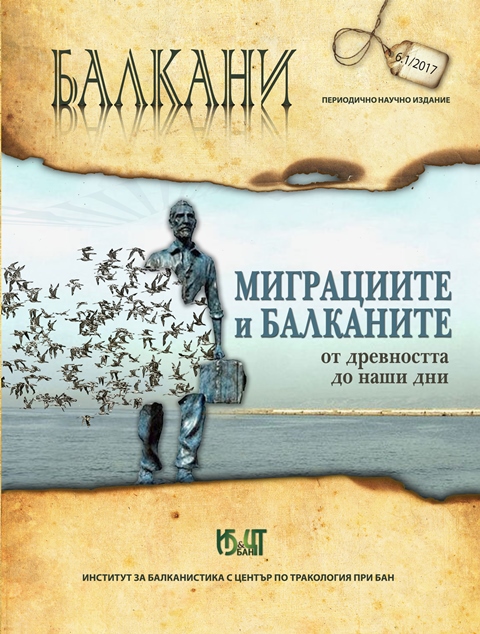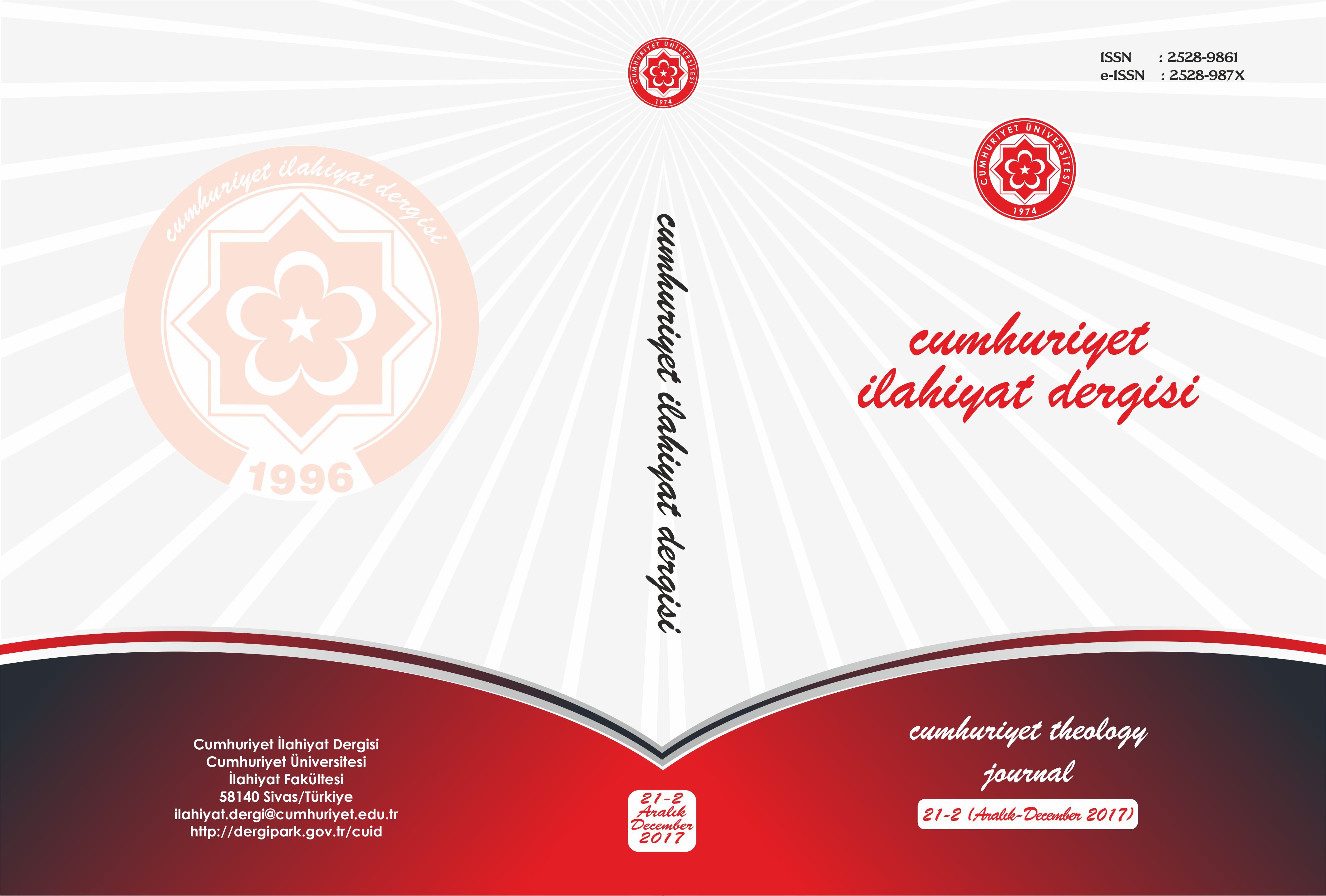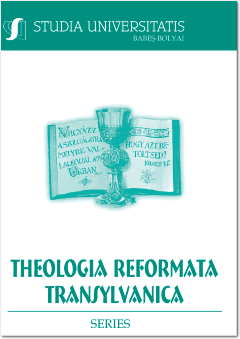Author(s): Şir Muhammed Duali / Language(s): Turkish
Issue: 2/2017
Undoubtedly, in the formation of history, relations between religious structures and political powers, which are shaped within certain principles, have an important place. The course of these relations determines the strength and domain of both sides. This form of relationship, in some cases, evolves in favor of political power, and sometimes manifests itself as a political direction of religious interests. It is possible to see politics as a direction of religion or to use it in the direction of its own interests in the politics that the Soviet Union has implemented since the Second World War. As a matter of fact, the Soviet Union, which has embraced the ideology of official atheism and struggled against religious beliefs, did not stop using religion/church for conjuration in its own interests. In this context, The Soviet leader Stalin has almost reconstructed the Russian Orthodox Church, which he had been trying to destroy since the early years of the Second World War. Even, Moscow has made serious attempts to make Patriarchate the pioneer of the Orthodox world. In this article, we aim to emphasize Stalin’s church politics and reasons. We will also stress the reasons behind the Council of the Orthodox Churches, which Stalin sought to achieve through the Moscow Patriarchate in 1947. Finally, we will touch on the policy of the Fener Greek Patriarch against these developments.Summary: Throughout history, politics of states have been under the influence of religion. Likewise, religions have directed political authority in the direction of their own interests. Sometimes a religion takes the state under its influence; sometimes under a state takes a religion under the influence and they try to use the other one in the interests of itself. Concepts that define religion-state relations have emerged under the influence of experiences experienced over time. Secularism is at the head of the concepts that determine religion-state relations today. What secularism is and how it is practiced is much debated in the scientific circles. Despite all these struggles, however, no binding definition has been reached for all political issues. Certainly, the subjective structure of states plays an important role in regulating religion-state relations. The political ideology adopted by this political structure and the world view varies. Sometimes political structures with official atheist ideology can break the principle of secularism. While these ideologies are ungodly in their nature, they benefit from political interests. As an example, it is possible to show the Soviet Union with an atheist ideology. Because the Soviet regime used religion in the direction of political interests between 1943-1948.The Russian Orthodox Church, which was very active and competent during the reign of Tsarist Russia, lost its power with the Bolshevik Revolution in 1917. The Soviet regime has made the Russian Orthodox Church an illegal institution. The struggle against the church by the regime continued until the Second World War. With the Second World War, Stalin's church politics changed.There is no doubt that this political change has become more than one reason. The first is that the state has entered into a war. Stalin did not want to continue the struggle with religion while the war was going on. Another reason for pushing Stalin for a policy change towards the Church is the anti-Soviet propaganda carried out by the Germans. As a matter of fact, the Germans defined themselves as the savior of the Russian people. It was also alleged that Germany was waging a war against the Soviets in order to free Russian people from communism. Even brochures were taken from the airplanes in this frame. The Germans aimed to break the resistance of the Russian people with this method. Stalin acted to ward off this propaganda of the Germans. Stalin therefore had to keep an eye on church politics and stopped the oppression against the church. In this framework, opportunities were provided for the Russian Orthodox Church. For example, have been approved to organize rites in churches. The priests are encouraged to strengthen hand the people. Also closed churches have been reopened by Stalin. In this way the German propaganda has been wasted.The Second World War ended with the victory of the Soviet Union. Stalin, however, continued to use the church after the war was over. So why did Stalin continue to support the church as an atheist? What were the reasons for pushing Stalin into this policy? Stalin's post-war church policy has multiple causes. The most important of these is spreading the Soviet influence over the entire Balkans and Middle East geography through the Russian Orthodox Church. Undoubtedly this is related to the long-term policies of the Soviets. Because the war has changed all the balances in the world. This has given new opportunities to the Soviets. At the beginning of these, the Orthodox world comes to the Soviet influence. It seems that the steps towards this have been started to be started from 1945. In this context, the Russian Orthodox Church found important activities. For example, the Moscow Patriarch has established relations with other Orthodox Churches. Jerusalem, Athens, Cyprus, Antakya churches were visited. In the end, an attempt was made to collect the Orthodox Council.The struggle of the Western and Eastern bloc emerged after the Second World War divided the Orthodox world into two camps. In this process, the Greek, Cyprus and Jerusalem Orthodox churches under the leadership of the Fener Patriarchate were under American influence. The Serbian, Bulgarian and Antiochian Orthodox Churches under the leadership of the Moscow Patriarchate were under Soviet influence. For these reasons, the Soviet regime, which has been fighting for the Church since the Bolshevik Revolution in 1917, has given up its position. It is understood from this historical fact that a regime adopting irreligion as an official ideology uses religion in its own interests as needed. This indicates that secularism is relative. This study will try to show how the Soviet Union uses the Russian Orthodox Church in its own interests despite the atheism ideology.
More...
